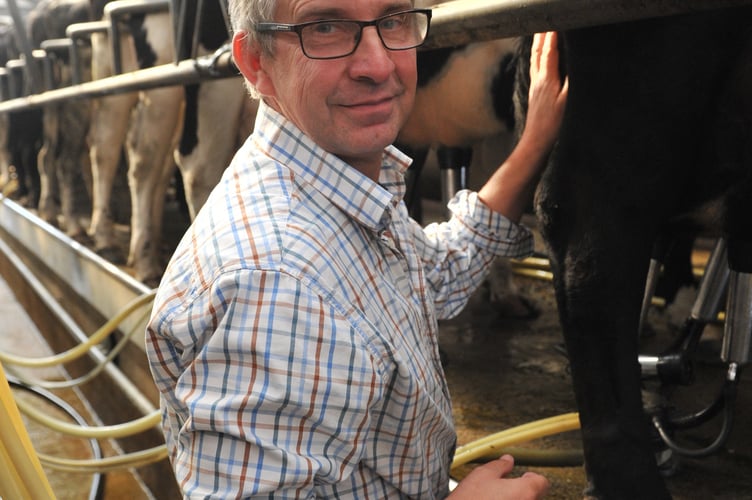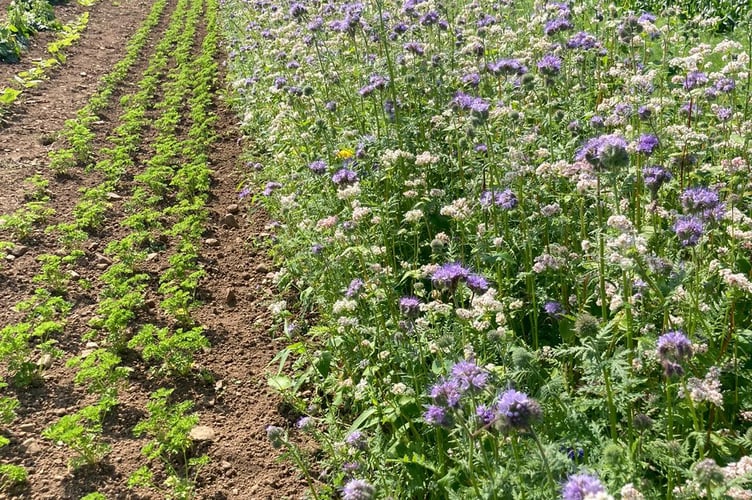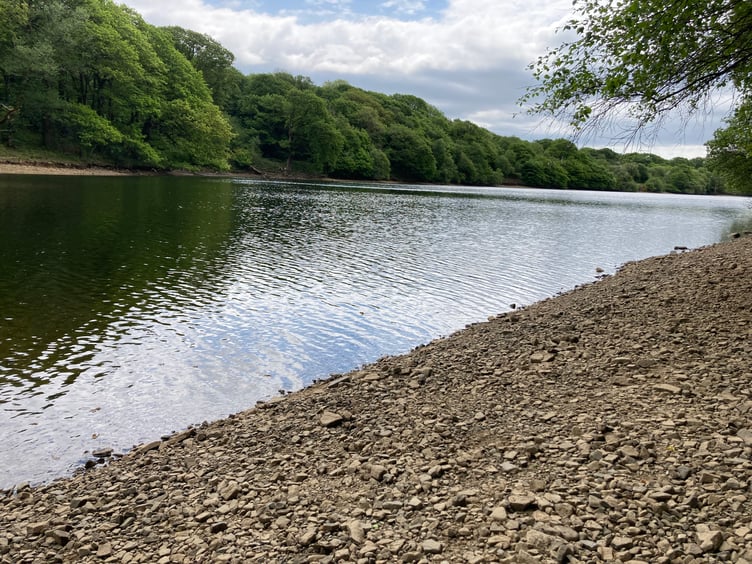Sunshine hasn’t been in short supply this spring and three cheers for that, but prolonged dry conditions in the UK have led to a “medium” risk of a drought this summer without sustained rainfall, the Environment Agency has said.
It is encouraging water companies to do more to safeguard supplies after the driest start to spring in England in 69 years. Welsh Water is urging people to be careful with their use of water.

The picture varies considerably – less rain throughout the east and the south-east of the UK, whereas south-west England and south-west Wales experienced some heavy downpours in April after a dry March.
Some rain is forecast in south-west Wales this Sunday and Monday before a resumption of fine, settled conditions.
Carmarthenshire dairy farmer Dai Gravell said: “Am I worried right now? I’m not losing sleep. We need a splash of rain, and if we get it we’d be all right until the end of the month, and we can worry about it then.”
Mr Gravell, who farms 500 acres in Kidwelly, contrasted the exceptionally wet spring of 2024 to spring this year and said he’d noticed the frequency and extremity of such shifts becoming more pronounced.
“You’ve got to factor that in to your strategy, the way you farm, your infrastructure,” he said. “What is your B plan? You’ve got to adapt.”
Mr Gravell said the dry spring weather had led to a very good lambing season and allowed crops to be drilled early although they were a bit slow coming up.
He has got his cows out grazing earlier than normal. “The conditions have been superb,” he said. “There is a lot of milk.”
But the 62-year-old said the rain that had fallen had been “just in time” rain and that too much longer without it would be a problem.
A community agriculture project in Gower invested in irrigation systems after a couple of extremely dry springs over the last five years.
Cae Tan CSA (community supported agriculture) grows veg at two fields in the peninsula, selling it to around 125 households. It also hosts two volunteer days a week.
Volunteer director and former grower Tom O’Kane said the swings in conditions were a sign of unpredictability. “I think even in Wales we need to invest in irrigation systems,” he said.

One of the current growers at the site, Eva Jones, said she also felt weather patterns were shifting.
She added: “It’s still early in the year and the ground hasn’t warmed up that much yet. We’re not in a difficult position, yet. If we don’t get rain for another few weeks we would be in trouble then.”
Miss Jones said moisture levels were still very good an inch or two below ground. “We’re very lucky because of the soil type here,” she said. “It’s sandy clay loam, it holds in the moisture really well.”
She said potatoes and onions had gone in early, and that broad beans, beetroot, lettuce and chard had been sown. “Everything is looking okay, although I would prefer a bit of rain,” she said.
A spokeswoman at Mond Valley Golf Club, Clydach, where flooding can be an issue, said the dry weather had been a benefit in terms of game time for members and that the only negative impact was re-seeded tee areas not re-growing. Links courses, she said, would be experiencing greater impacts.
Swansea councillor Andrew Stevens, who runs a beef farm with his brother and father in Penyrheol, said: “This time last year we were standing in mud. It is starting to get very dry now.”
Some farms in the area, he said, were cutting silage early. Cllr Stevens also has a pick-your-own area of veg and flowers, and said he got the ground ready for sowing very early this year. “I’m not far off having my first lot of potatoes,” he said.
Dormant vegetation combined with dry early spring weather led to scores of wildfires in the UK, most started deliberately or accidentally.
Earlier this month Welsh Water said it was taking steps to move water to where demand was highest, and encouraged people to be careful with their use of it.
The utility said levels at Crai Reservoir, Powys, have dropped so it was drawing more water from its reservoirs in Felindre, north Swansea. It also stressed its resources were in a good position, and said it was working to reduce leaks from its systems.

In Europe, low rainfall and above-average temperatures have been felt for months in central, eastern and south-eastern areas. Meanwhile Portugal, Spain, western and central France experienced a rainy winter, and northern Italy had a wetter start to spring.
In a few weeks’ time we might be looking back forlornly at the glorious sunshine of spring. The Met Office’s long range UK forecast indicates fairly typical weather at the end of May and beginning of June, with fine and dry weather more likely to dominate – more particularly in the south and south-east – along with showers and occasional spells of rain for all parts.
Cllr Stevens said weather patterns seemed stranger nowadays, but that farmers had always adapted to what came from the skies. Asked whether he was becoming anxious about the dry conditions, he cited the damp forecast for Sunday and Monday, and said: “Not just yet.”





Comments
This article has no comments yet. Be the first to leave a comment.